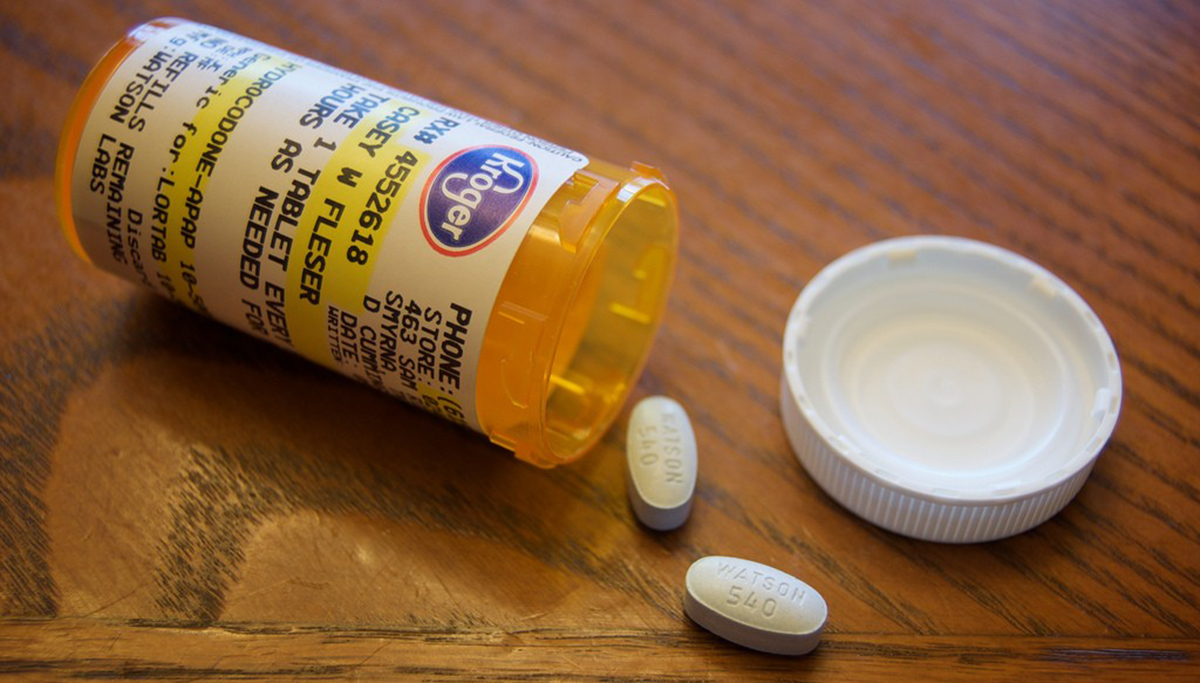Table of Contents
Treating Pain Medication Addiction
As with other types of addiction, there is both a physical and physiological component of pain pill addiction, which needs to be treated. Treatment options range from intense inpatient hospitalization to outpatient treatment programs. Drug treatment programs are also available, which treat co-existing conditions, such as a psychiatric condition and eating disorders.

When someone uses pain medication over an extended time, their body becomes physically dependent on it. If the drug is stopped suddenly, physical side effects or withdrawal symptoms can develop. Withdrawal symptoms can be so uncomfortable, it makes stopping the drug very difficult. Some people may continue to abuse the drug, not because they want a “high,” but because they want to avoid the unpleasant withdrawal effects.
An inpatient program and sometimes outpatient treatment may include physical detox from the drug. Although symptoms may vary, withdrawals from pain pills may include nausea, vomiting, muscle aches, shakes, anxiety and sweating. The detoxification process may include medication, which is carefully supervised to help prevent withdrawal symptoms.
In addition to detox, both inpatient and outpatient programs also involve counseling and support groups. Counseling may include education on how to manage drug cravings. Issues that may have led to drug abuse in the first place will also be addressed. Family counseling may also help people learn how to deal with problems that may have contributed to addiction.
Different types of drug treatment programs work for different people. There is not one approach that is more successful than another. Some patients benefit from the support an inpatient program can provide while others do well with outpatient treatment.
Preventing Pain Pill Addiction
Of course, not all people who are prescribed pain medication become addicted. Adequate pain control is an important part of a treatment plan, and patients should not be afraid to take their prescribed medication. There are several things a person can do to prevent becoming addicted to pain pills.
Make sure you learn about the medication that is prescribed. Understating what the medication does and possible side effects helps you know what to expect.
This includes taking the correct amount and at the prescribed frequency. If the medication is ineffective in managing pain levels, it is essential to contact your doctor before increasing the dosage on your own.
See Also: Xanax abuse: Detox and rehab
Follow up with your doctor in order to discuss how well the medication is controlling pain and if you are experiencing any side effects. If your medication is not effective and your doctor is informed, an alternate prescription may be given, which may prevent you from increasing the dosage on your own.
If you do have an addiction to pain medication, help is available. Addiction can be successfully treated. Hospitals, mental health services, drug treatment centers and your doctor can all provide information on drug treatment programs in your area.
- www.mayoclinic.org/diseases-conditions/prescription-drug-abuse/basics/treatment/con-20032471
- www.drugabuse.gov/drugs-abuse/prescription-drugs-cold-medicines
- Photo courtesy of M M by Flickr : www.flickr.com/photos/mukerji/5753430270
- Photo courtesy of Casey Fleser by Flickr : www.flickr.com/photos/somegeekintn/3917289391

